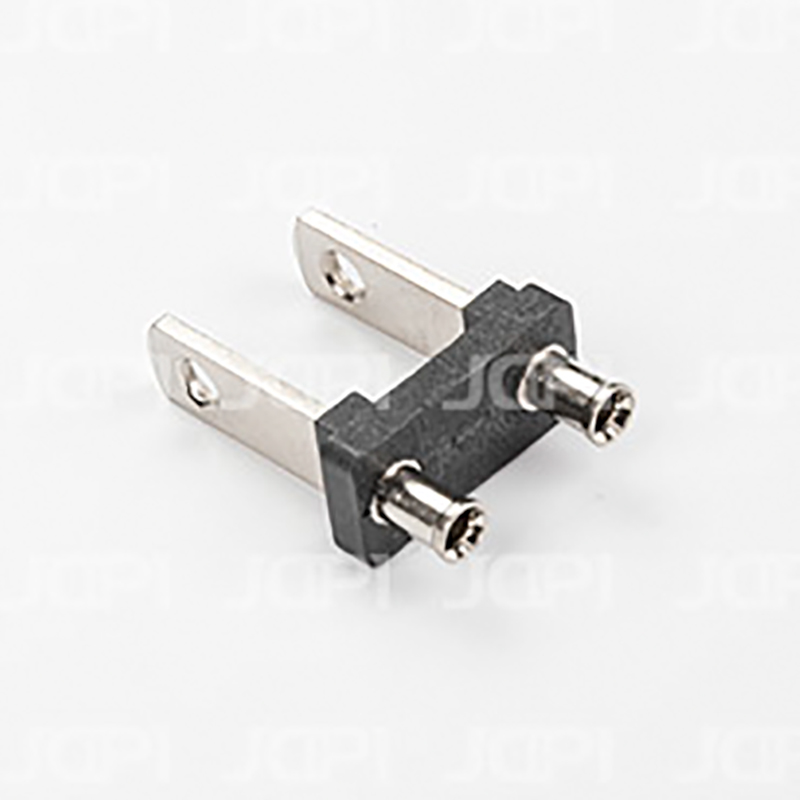When installing UL (Underwriters Laboratories) certified plug inserts, it's crucial to adhere to safety guidelines and best practices to ensure the proper functioning and safety of electrical systems. UL is a well-established organization that sets safety standards for various products, including electrical components. Here are key considerations to keep in mind when installing UL plug inserts:
-
Verify UL Certification:
- Before installation, ensure that the plug inserts have valid UL certification. The UL mark on the product indicates that it has undergone rigorous testing and meets the safety requirements established by Underwriters Laboratories.
-
Follow Manufacturer's Instructions:
- Adhere to the manufacturer's installation instructions and guidelines provided with the plug inserts. Manufacturers often provide specific recommendations for wiring, connection methods, and other installation details.

- Adhere to the manufacturer's installation instructions and guidelines provided with the plug inserts. Manufacturers often provide specific recommendations for wiring, connection methods, and other installation details.
-
Check Electrical Ratings:
- Verify that the electrical ratings of the plug inserts align with the requirements of the electrical system. This includes checking voltage, current, and frequency specifications to prevent overloading or mismatching with the power supply.
-
Ensure Proper Wiring:
- Follow proper wiring procedures during installation. Connect the wires securely and according to the color codes specified in the installation instructions. Incorrect wiring can lead to electrical hazards and device malfunctions.
-
Use Adequate Tools and Materials:
- Use appropriate tools and materials for the installation to ensure a secure and reliable connection. Tighten screws and terminals to the recommended torque values to prevent loose connections that may lead to overheating.
-
Consider Environmental Conditions:
- Take into account the environmental conditions where the plug inserts will be used. Ensure that they are suitable for the intended application, whether it involves exposure to moisture, extreme temperatures, or other challenging conditions.
-
Verify Compatibility:
- Confirm that the plug inserts are compatible with the devices or appliances they will power. Check for matching plug and receptacle configurations to avoid potential issues.
-
Install Grounding Properly:
- If the plug insert includes a grounding pin, ensure that the grounding connection is established correctly. Proper grounding is crucial for electrical safety and helps prevent electrical shocks and equipment damage.
-
Follow Local Electrical Codes:
- Adhere to local electrical codes and regulations during installation. Compliance with local standards is essential to ensure that the installation meets safety requirements specific to the region.
-
Perform Functionality Tests:
- After installation, conduct functionality tests to ensure that the plug inserts are working correctly. Verify that the devices connected to the plugs receive power, and check for any signs of overheating or abnormal behavior.
-
Regular Inspections and Maintenance:
- Periodically inspect installed plug inserts for signs of wear, damage, or loose connections. Perform maintenance as needed to address any issues promptly and prevent potential hazards.
-
Document Installation Details:
- Keep documentation of the installation details, including wiring diagrams, specifications, and any modifications made during the installation. This documentation can be valuable for troubleshooting and future maintenance.
By carefully following these considerations, installers can contribute to the safe and reliable operation of electrical systems using UL plug inserts. Prioritizing safety, compliance with standards, and proper installation practices are essential for creating a secure electrical environment.



 English
English Deutsch
Deutsch













